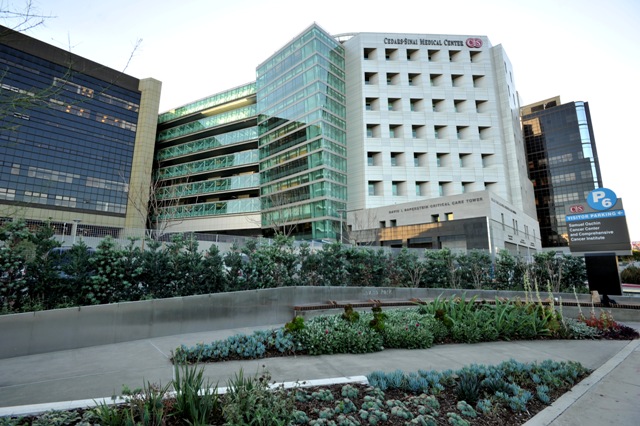Mar 11 2013
Nobel laureate Roger Tsien, PhD, will keynote Cedars-Sinai’s March 15 and 16 Nanomedicine for Imaging and Treatment Conference, which will assemble a multidisciplinary group of nationally and internationally renowned academic researchers, clinicians and representatives from private industry and the National Institutes of Health.
 Nobel laureate Roger Tsien, PhD, will keynote Cedars-Sinai’s March 15 and 16 Nanomedicine for Imaging and Treatment Conference, which will assemble a multidisciplinary group of nationally and internationally renowned academic researchers, clinicians and representatives from private industry and the National Institutes of Health. Source: Cedars-Sinai
Nobel laureate Roger Tsien, PhD, will keynote Cedars-Sinai’s March 15 and 16 Nanomedicine for Imaging and Treatment Conference, which will assemble a multidisciplinary group of nationally and internationally renowned academic researchers, clinicians and representatives from private industry and the National Institutes of Health. Source: Cedars-Sinai
Tsien, professor of pharmacology, chemistry and biochemistry at the University of California, San Diego, shared the 2008 Nobel Prize in chemistry for the discovery and development of the green fluorescent protein (GFP), which glows bright green and is found in one species of jellyfish. Among its biochemical uses, synthetic green fluorescent protein can be bound to other proteins to track their movement and behavior.
Experts from two dozen organizations will lead sessions on identified and emerging issues in nanomedicine, focusing on recent achievements in drug delivery, nanomedicine and imaging, the role of the NIH in nanodrug development, and the latest preclinical and clinical advances in the treatment of cancer, neurodegenerative diseases and other conditions. The program was designed to provide many opportunities for those attending to talk and share ideas with members of the faculty.
Scientists specializing in nanotechnology and nanomedicine generally work with substances smaller than 100 nanometers. One nanometer is one-millionth of a millimeter. A sheet of paper is 100,000 nanometers thick and a strand of human DNA is 2.5 nanometers in diameter. Nano researchers manipulate substances and materials in the realm of their atomic makeup.
“Nanotechnology has the real potential to revolutionize a wide array of medical and biotechnology tools and procedures so that they are more personalized, portable, cheaper, safer and easier to administer,” according to the United States National Nanotechnology Initiative website, which says nanomedicine already is making an impact in many areas, such as biological imaging for early disease diagnosis, molecular imaging for early cancer detection, therapeutic targeting of cancer cells, and monitoring of individual cells and molecules as they move in their environments.
The conference’s March 15 sessions will focus on nanomedicine for advanced imaging and targeted drug delivery. Tsien’s 1 p.m. presentation will be on new molecules to image neuronal function and disease processes.